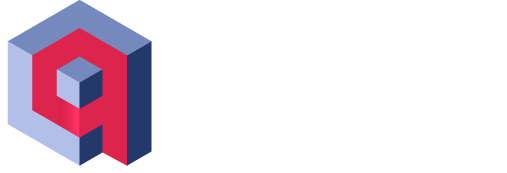Retrieval Optimization: From Tokenization to Vector Quantization
Instructor: Kacper Łukawski

- Beginner
- 1 Hour 33 Minutes
- 8 Video Lessons
- 7 Code Examples
- Instructor: Kacper Łukawski
What you'll learn
Learn how tokenization works in large language and embedding models and how the tokenizer can affect the quality of your search.
Explore how different tokenization techniques including Byte-Pair Encoding, WordPiece, and Unigram are trained and work.
Understand how to measure the quality of your retrieval and how to optimize your search by adjusting HNSW parameters and vector quantizations.
About this course
In Retrieval Optimization: From Tokenization to Vector Quantization, taught by Kacper Łukawski, Developer Relations Lead of Qdrant, you’ll learn all about tokenization and also how to optimize vector search in your large-scale customer-facing RAG applications. You’ll explore the technical details of how vector search works and how to optimize it for better performance.
This course focuses on optimizing the first step in your RAG and search results. You’ll see how different tokenization techniques like Byte-Pair Encoding, WordPiece, and Unigram work and how they affect search relevancy. You’ll also learn how to address common challenges such as terminology mismatches and truncated chunks in embedding models.
To optimize your search, you need to be able to measure its quality. You will learn several quality metrics for this purpose. Most vector databases use Hierarchical Navigable Small Worlds (HNSW) for approximate nearest-neighbor search. You’ll see how to balance the HNSW parameters for higher speed and maximum relevance. Finally, you would use different vector quantization techniques to enhance memory usage and search speed.
What you’ll do, in detail:
- Learn about the internal workings of the embedding model and how your text is turned into vectors.
- Understand how several tokenizers such as Byte-Pair Encoding, WordPiece, Unigram, and SentencePiece are trained.
- Explore common challenges with tokenizers such as unknown tokens, domain-specific identifiers, and numerical values, that can negatively affect your vector search.
- Understand how to measure the quality of your search across several quality metrics
- Understand how the main parameters in HNSW algorithms affect the relevance and speed of vector search and how to optimally adjust these parameters.
- Experiment with the three major quantization methods, product, scalar, and binary, and learn how they impact memory requirements, search quality, and speed.
By the end of this course, you’ll have a solid understanding of how tokenization is done and how to optimize vector search in your RAG systems.
Who should join?
Anyone with basic Python knowledge who wants to learn to build effective customer-facing RAG applications!
Course Outline
8 Lessons・7 Code ExamplesIntroduction
Video・6 mins
Embedding models
Video with code examples・16 mins
Role of the tokenizers
Video with code examples・15 mins
Practical implications of the tokenization
Video with code examples・14 mins
Measuring Search Relevance
Video with code examples・14 mins
Optimizing HNSW search
Video with code examples・10 mins
Vector quantization
Video with code examples・16 mins
Conclusion
Video・1 min
Appendix – Tips and Help
Code examples・1 min
Instructor
Retrieval Optimization: From Tokenization to Vector Quantization
- Beginner
- 1 Hour 33 Minutes
- 8 Video Lessons
- 7 Code Examples
- Instructor: Kacper Łukawski
Course access is free for a limited time during the DeepLearning.AI learning platform beta!
Want to learn more about Generative AI?
Keep learning with updates on curated AI news, courses, and events, as well as Andrew’s thoughts from DeepLearning.AI!


